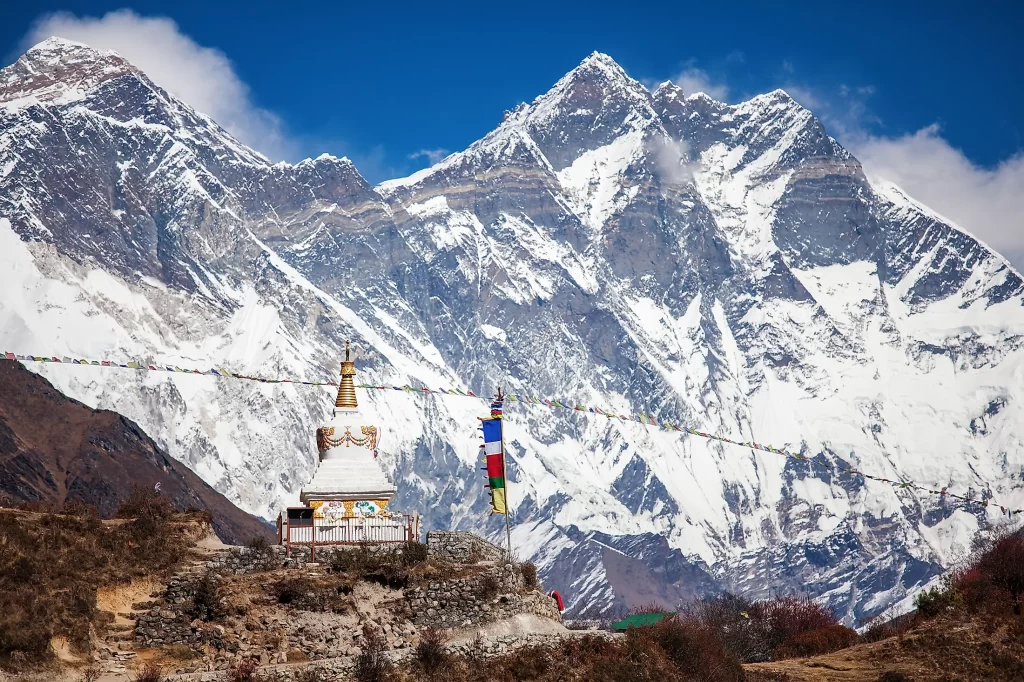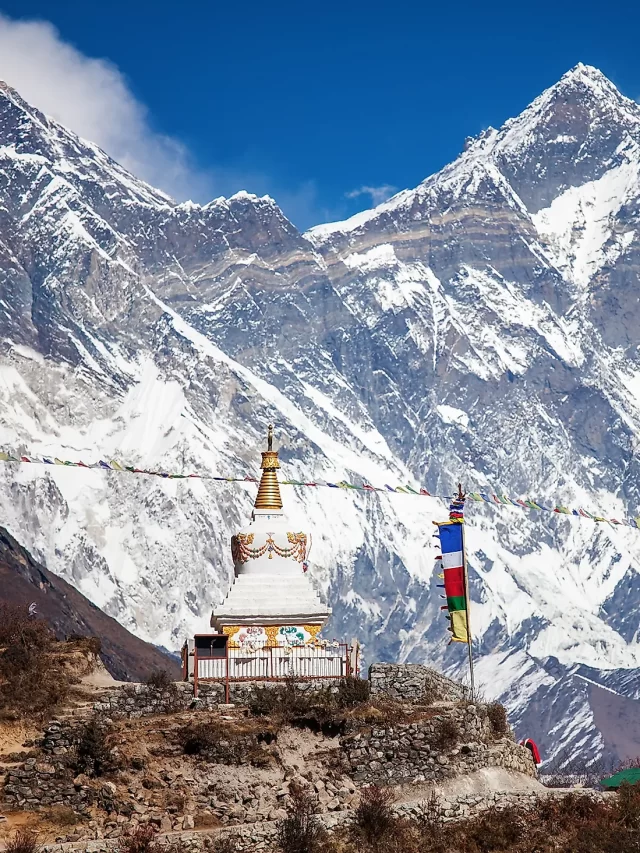Mountains, with their majestic peaks soaring into the sky, are a conduit of human imagination with their grandeur and rugged beauty. Formed by the powerful forces of tectonic shifts and erosion over millions of years, these towering landforms stand as silent sentinels, offering both a sanctuary for diverse ecosystems and a daunting challenge for adventurous spirits. From the snow-capped summits of the Himalayas to the rocky ridges of the Andes, mountains hold a unique allure, beckoning explorers, scientists, and poets alike to unravel their mysteries and marvel at their timeless allure.
Highest Mountain Peak In India
India, with its diverse landscapes and rich cultural tapestry, is home to some of the world’s most breathtaking mountain peaks. From the towering heights of the Himalayas in the north to the ranges of the Western Ghats in the south, these majestic peaks add to the country’s geological splendour and natural beauty. From the legendary heights of Kangchenjunga to the iconic summit of Nanda Devi, join us on a journey to discover the highest mountain peak in India.
Kanchenjunga Peak
The highest mountain peak in India, Kanchenjunga Peak, is located in the Kanchenjunga Himal region of the Himalayas and is 8,586 meters (28,169 feet) above sea level. The Teesta River borders the region to the east, and the Tamur River borders it to the west. Sikkim, at the edge of the Great Himalayan range, is home to Kanchenjunga Peak. The boundaries between the Indian State of Sikkim and the eastern portion of Nepal are home to three of the five main peaks of Kanchenjunga, with the remaining two located in Nepal’s Taplejung District. The Tibetan name ‘Kanchenjunga’ means ‘The Five Treasures of the High Snow.’ The five repositories of God are gold, silver, gems, grain, and holy books. Joe Brown and George Band, two English mountaineers, became the first people to climb Kanchenjunga Peak on May 25, 1955.

Nanda Devi Peak
Nanda Devi Peak, standing at 7816 meters, or 25,643 feet, is the second-highest mountain peak in India. The name ‘Nanda Devi,’ which translates to ‘Bliss-Giving Goddess,’ honours the goddess of the Garhwal and Kumaon Himalayas, hence her patronage. This is the highest peak situated entirely in India in the Uttarakhand district of Chamoli Garhwal. Before the discovery of Dhaulagiri by Western surveyors in 1808, it was the highest mountain known to exist in the world. The first ascent of Nanda Devi Peak was accomplished by two British mountaineers, Noel Odell and Bill Tilman, on August 29, 1936. The Nanda Devi Biosphere Reserve was created by the Indian government in 1982. UNESCO named the neighbouring Nanda Devi National Park a World Heritage Site in 1988.

Kamet Peak
At 7,756 meters or 25,446 feet, Kamet Peak is the third-highest mountain peak in India. It is the highest peak in the Garhwal region of Uttarakhand’s Chamoli District’s Zaskar mountain range. It is situated close to the Plateau of Tibet. Its closeness to the plateau gives it the appearance of a massive pyramid, with a flat area with two peaks atop. Kamet Peak is a difficult location to access and trek because it is situated north of the main range. The first people to climb Kamet Peak were English mountaineers Frank Smythe, Eric Shipton, R. L. Holdsworth, and Lewa Sherpa on June 21, 1931.

Saltoro Kangri Peak
The highest mountain peak in the Saltoro Mountains, which are a part of the Karakoram, is Saltoro Kangri Peak, at 7742 meters, or 25,400 feet. Situated near the Saltoro Mountains is the world’s longest glacier, the Siachen Glacier. It is located between Pakistani territory in the western portion of the Saltoro Range and Indian territory in the Siachen region along the Actual Ground Position Line. The first people to ascend Saltoro Kangri Peak were Pakistani climber R. A. Bashir, along with Japanese mountaineers Y. Takamura and A. Saito, on July 24, 1962.
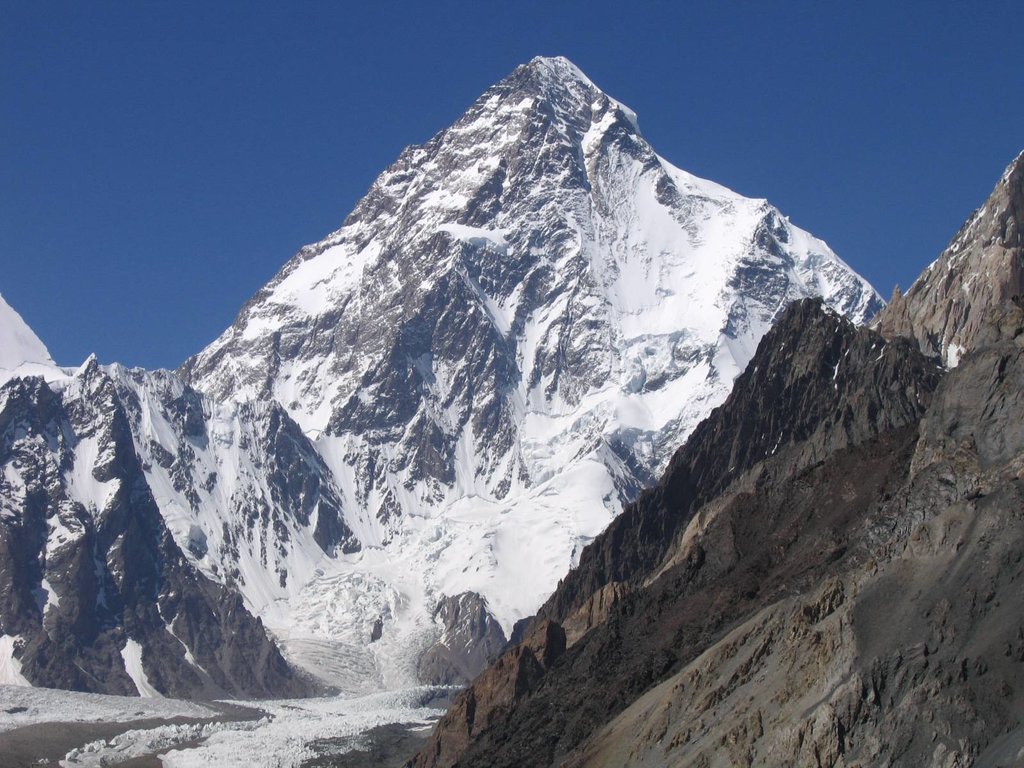
Saser Kangri Peak
The Saser Kangri group of mountains consists of five magnificent peaks. Saser Kangri I is the highest of the five mountain peaks, rising to a height of 7,672 m (25,171 ft). It is located in the Saser Muztagh range of the state of Jammu and Kashmir. Situated in the southeast of the Karakoram range, it is a sub-range of the larger range. The first people to ascend Mount Saser Kangri I were Dawa Norbu, Da Tenzing, Nima Tenzing, and Thondup on June 5, 1973.
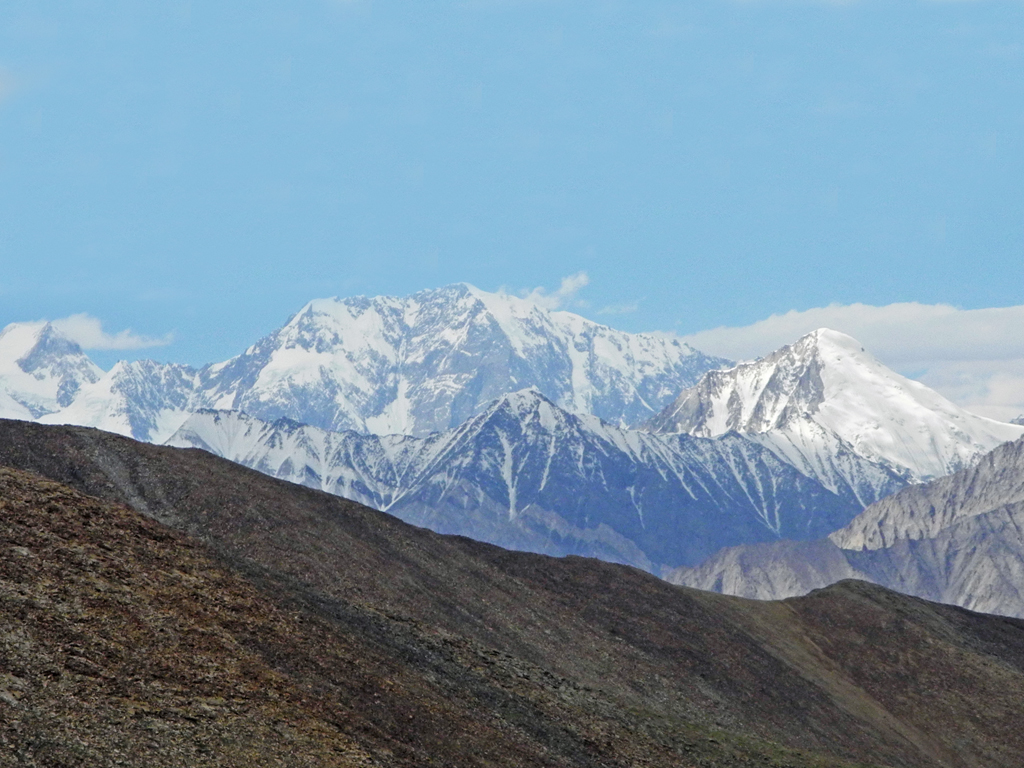
Mamostong Kangri Peak
The Mamostong Kangri Peak, standing at a majestic height of 7,516 meters (24,659 feet), is situated close to the Siachen glacier. The highest peak of the isolated Rimo Muztagh subrange of the Karakoram mountains, Mount Mamostong Kangri Peak is located near the border between India and China in the Indian Union Territory of Ladakh. An Indo-Japanese expedition made the mountain’s first ascent on September 13, 1984.

Rimo Peak
The northern face of Rimo Muztagh is adorned with the Rimo Peak, which is a part of the Karakoram Range. There are four ranges in all, with Rimo Peak I being the highest at an astounding 7,385 meters (24,229 feet) above sea level. The Karakoram Pass, one of the most important trade routes in central Asia, is located northeast of the Rimo Mountains. Part of the Siachen Glacier is made up of the Rimo ranges. 1988 saw the first and only ascent of Rimo Peak I, carried out by a Japanese and Indian team under the direction of Yoshio Ogata and Hukam Singh.
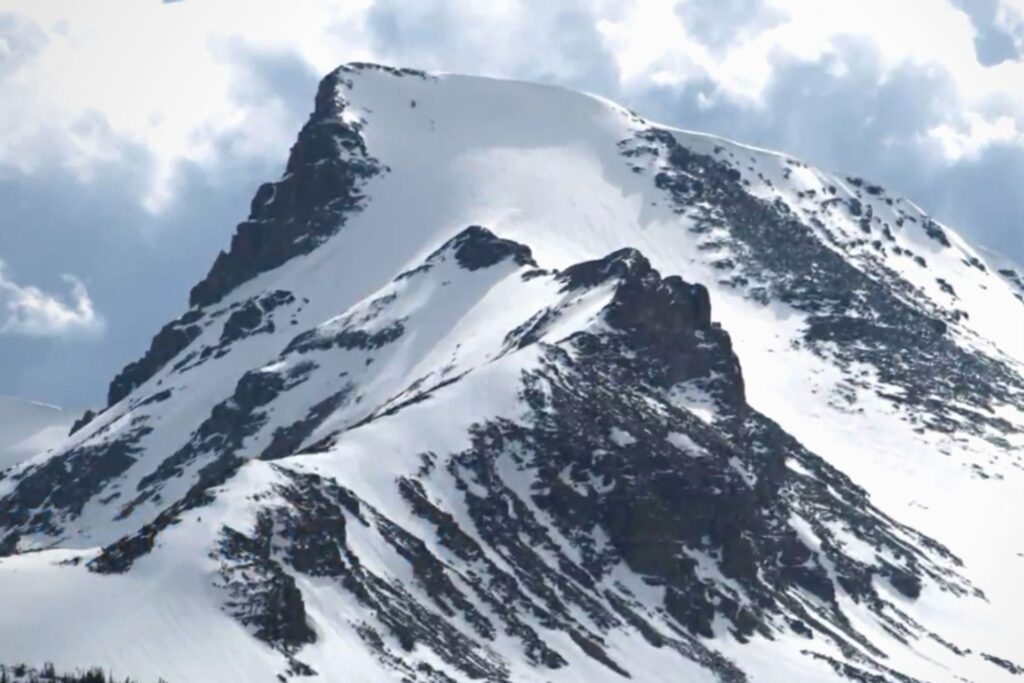
Chaukhamba Peak
The highest peak in the Gangotri group is Chaukhamba Peak, which is situated in Uttarakhand’s Garhwal region of the Himalayas. The highest point of the mountain is 7,138 meters (23,419 feet). The four large peaks that are adjacent to one another gave Chaukhamba its name. The first ascent of Chaukhamba Peak I was made on June 13, 1952, by Victor Russenberger and Lucien George.
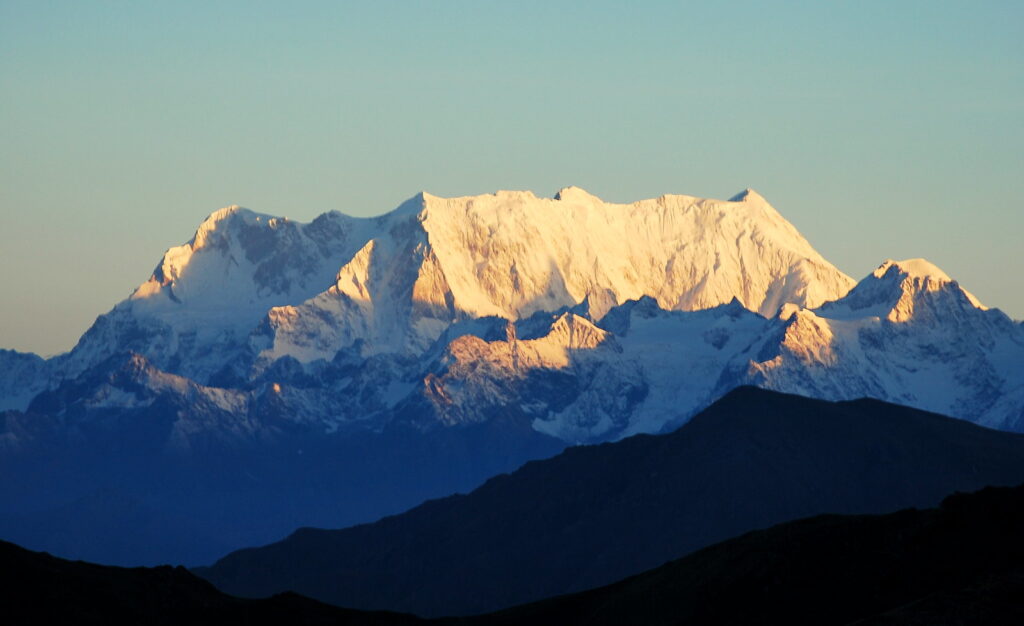
Trisul Peak
The name ‘Trisul’ comes from Lord Shiva‘s weapon, the Trishul. The word ‘tri’ means three in Hindi, alluding to the three mountain peaks known as Trisul I, Trisul II, and Trisul III. Trisul Peak is located close to the Nanda Devi sanctuary in Uttarakhand’s mountainous Kumaon region. Trisul 1, the highest peak, is 7,120 meters, or 23,360 feet above sea level. The first ascent of the Trisul Peak was accomplished by Tom Longstaff, Alexis & Henri Brocherel, and Karbir Burathoki on June 12, 1907.

Hardeol Peak
Known as the ‘Temple of God,’ Hardeol Peak is situated on the northern edge of the Nanda Devi sanctuary and is considered to be one of the oldest sections of the Kumaon Himalayas. Pithoragarh district in Uttarakhand’s Milam valley is adorned with the majestic Hardeol peak. Its height is 7,151 meters or 23,461 feet. On May 31, 1978, a group from the Indo-Tibetan Border Police, under the leadership of S. P. Mulasi, made the first ascent of Hardeol Peak.

Image Courtesy – World Atlas
Four Norman F**king Rockwell Songs that SHOOK Lana’s Gen-Z Stans

